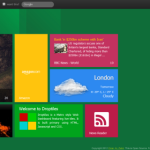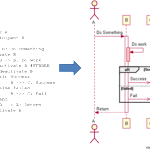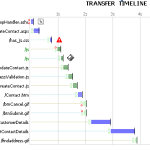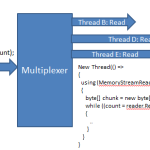Droptiles is an Open Source Windows 8 Start like Metro style Web 2.0 Dashboard. It builds the experience using Tiles. Tiles are mini apps that can fetch data from external sources. Clicking on a tile launches the full app. Apps can be from any existing website to customized website specifically built to fit the Dashboard experience. Droptiles is built almost entirely of HTML, Javascript and CSS and thus highly portable to any platform. The sample project is built using ASP.NET to show some server side integration, like Signup, Login and getting dynamic data from server. But with very little change you can port it to PHP, Ruby, JSP or any other platform. Droptiles is the sequel of my Dropthings, which is the first Open Source Web 2.0 Dashboard.
See it live!, go to Droptiles.com
Features
- Metro style user interface. CSS framework to build metro style websites, inspired by metroui.org.ua.
- Drag & Drop tiles to personalize the experience.
- Client side object model and data binding for easy MVVM implementation.
- Server side platform neutral implementation. Can be ported to PHP, JSP easily.
- Live tiles. Tiles are mini-apps, loading data from variety of sources.
How can you use Droptiles
- Enterprise Dashboard aggregating data from various systems and offering a launch pad for intranet/internet applications.
- Web 2.0 Portal offering portlets in the form of tiles. Aggregating data from various services and as a launch pad for different services.
- Touch enabled Kiosk front-end.
- Content aggregator for News and Research purpose.
License
Droptiles is Open Source. It is free for personal use as long as you keep the copyright notices intact. In order to buy license, go to theDroptiles production site and there’s a tile on the right side to place the order through Paypal.
Technologies
- jQuery for all client side effects.
- KnockoutJS for client side Object Model and data binding.
- UnderscoreJS.
- Bootstrap for cross-browser CSS framework and jQuery plugins.
Screenshots
App Store
AppStore offers new applications
Tiles are mini apps, built using Javascript
Tiles are mini apps that can have their own html, javascript and css. They are loaded by the Dashboard dynamically and executed dynamically. Each tile runs on its own delivering the in-tile experience. There’s no special Widget framework to follow. Just plain simple Javascript.
Tiles can be dynamic, loaded from server side pages
Tiles can be dynamic pages delivered from the server. Here is a tile that captures the html output of an ASPX page. Tiles can be intercative as well. You can embed a form inside a tile.
Apps running inside Droptiles
External applications can run inside Droptiles offering a seamless integration experience.
You can get the code from the GitHub site: http://oazabir.github.com/Droptiles/


























